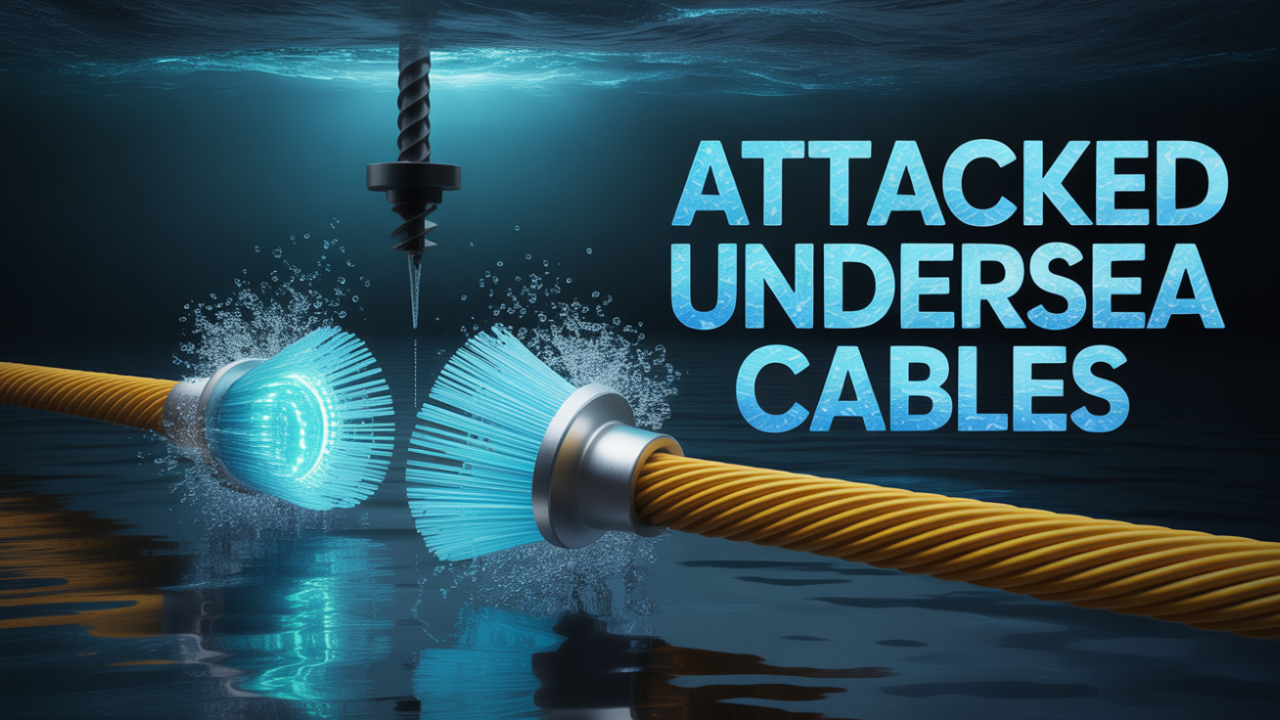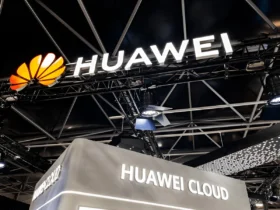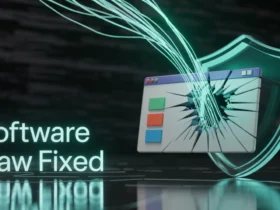In an era defined by instant global communication and interconnected economies, the physical arteries of our digital world — the vast network of undersea fiber optic cables — are facing increasing scrutiny and threat. Undersea cable attacks, whether deliberate acts of sabotage, accidental damage, or natural disasters, represent a critical vulnerability with potentially catastrophic consequences for internet connectivity, financial markets, and national security worldwide. These hidden lifelines carry over 99% of the world’s international data traffic, making their protection a paramount concern in the escalating geopolitical landscape. This article will delve into the critical importance of these cables, the nature of threats they face, the devastating consequences of their disruption, and the complex efforts underway to enhance their resilience.
The Unseen Backbone of the Internet
Before understanding undersea cable attacks, it’s crucial to appreciate the indispensable role these cables play. Stretching hundreds of thousands of kilometers across ocean floors, these fiber optic cables are the true backbone of the global internet. Every email, every video call, every financial transaction that crosses continents relies on these intricate networks. Satellites, while important for certain applications and remote areas, handle only a tiny fraction of international data traffic.
These cables transmit data as pulses of light, offering immense bandwidth and speed. They are built to withstand immense pressure and often buried in shallow coastal waters for protection. However, their sheer length, remote locations, and the constantly changing geopolitical environment make them inherently vulnerable targets.
The Multifaceted Threats Leading to Undersea Cable Attacks
The phrase “undersea cable attacks” might immediately conjure images of deliberate sabotage, and while this is an escalating concern, the threats are far more diverse.
1. Deliberate Sabotage and State-Sponsored Activities:
This is the most alarming and rapidly growing threat category. With rising geopolitical tensions, nation-states are increasingly viewed as having the intent and capability to target critical undersea infrastructure.
- Geopolitical Competition: Countries like Russia and China are reportedly developing specialized capabilities (e.g., submarine operations, research vessels) that could be used to interfere with cables. Recent incidents in the Baltic Sea and around Taiwan in 2024 and 2025 have fueled suspicions of state-linked sabotage, often employing deniable tactics like anchor dragging by suspicious vessels.
- Targeting Chokepoints: Attackers may focus on strategically important cables or “chokepoints” – areas where multiple cables converge or make landfall, as damage here can have widespread effects.
- Cyber Attacks: While less common for direct physical damage, cyberattacks on the operational technology (OT) or supervisory control and data acquisition (SCADA) systems that monitor and manage cable landing stations or repair vessels could potentially disrupt operations or aid in physical attacks.
2. Accidental Damage:
Historically, this has been the most common cause of cable faults, accounting for over 70% of incidents.
- Fishing Trawlers: Trawling nets and fishing gear can snag and sever cables, particularly in shallower waters.
- Ship Anchors: Large ship anchors, especially those that drag, are a frequent culprit, inadvertently cutting cables.
- Dredging and Construction: Coastal development, port construction, and dredging activities can also accidentally damage cables.
3. Natural Disasters:
Despite being laid deep within the seabed in many areas, cables are not immune to nature’s forces.
- Earthquakes and Submarine Landslides: Seismic activity can trigger underwater landslides (turbidity currents) that flow over long distances, potentially breaking multiple cables in sequence. The 2022 Tonga volcanic eruption and tsunami, which severed its primary undersea cable, is a stark reminder of this vulnerability.
- Strong Currents and Storms: While less common for direct cuts, extreme underwater conditions can stress and potentially damage cables over time.
The Devastating Consequences of Undersea Cable Attacks
The impact of undersea cable attacks can be far-reaching and severe, affecting multiple facets of global society:
- Widespread Internet Outages: The most immediate and noticeable consequence is the loss or severe degradation of internet connectivity for entire regions or even continents. This disrupts everything from basic communication to critical online services.
- Economic Chaos: A significant disruption can lead to immediate and staggering financial losses.
- Trade and Finance: Trillions of dollars in financial transactions flow through these cables daily. Outages can disrupt stock markets, international trade, and banking operations.
- Business Operations: Companies relying on cloud services, global supply chains, and online communication face immediate interruptions, loss of revenue, and damage to reputation.
- National Security Implications: Governments rely heavily on these cables for diplomatic communications, intelligence gathering, and military operations. Disruptions could compromise sensitive communications and hinder coordinated responses during crises.
- Humanitarian Impact: In regions heavily reliant on single cable routes, outages can limit access to emergency services, healthcare information, and essential online resources.
- Escalation of Geopolitical Tensions: Deliberate attacks can escalate international tensions, potentially leading to retaliatory measures and heightened conflict.
The financial and societal fallout from even a single significant cable disruption can be immense, costing billions of dollars in economic activity and severely impacting daily life. For instance, recent cuts off West Africa in March 2024 reportedly cost Nigeria over $590 million in just four days. More information on the economic impact can be found in analyses by firms like Gallagher Re on the financial impact of subsea cable damage.
Protecting the Lifelines: Strategies for Resilience
Addressing the threat of undersea cable attacks requires a multifaceted and collaborative approach involving governments, private sector companies, and international organizations.
1. Enhanced Monitoring and Surveillance:
- Real-time Tracking: Utilizing advanced maritime intelligence and AI-powered systems to monitor vessels operating near critical cable routes, identifying suspicious behavior or deviations from normal patterns.
- Sensor Networks: Deploying underwater sensors and drones to detect physical interference or changes in the seabed environment around cables.
2. Increased Redundancy and Diversification:
- More Cables: Laying additional cables and ensuring diverse routing reduces the impact of a single point of failure. If one cable is cut, traffic can be rerouted through others.
- Alternative Technologies: While not a complete replacement, exploring and investing in alternative communication methods like satellite constellations (e.g., Starlink) can provide emergency backup in localized outages.
3. Rapid Repair Capabilities :
- Specialized Vessels: Maintaining a sufficient global fleet of specialized cable-laying and repair ships, along with skilled crews, is crucial to minimize downtime after an incident. Repair times can still take weeks depending on location and depth.
- Streamlined Permitting: Expediting the complex permitting processes required for repairs in international waters or sovereign territories.
4. International Cooperation and Legal Frameworks :
- Information Sharing: Fostering robust intelligence sharing among nations and with the private sector to anticipate and respond to threats.
- International Law: Strengthening international legal frameworks and conventions (like UNCLOS) to criminalize and deter intentional damage to undersea infrastructure in all maritime zones.
- NATO and Allied Initiatives: Organizations like NATO are increasingly prioritizing the security of critical undersea infrastructure, enhancing maritime patrols, and fostering coordinated defense efforts.
5. Physical Protection :
- Burial and Armor: Burying cables in trenches in shallower waters and using robust armor (steel wires, polyethylene) provides physical protection against common accidental damage.
- Secure Landing Stations: Hardening the physical security of cable landing stations, which are vulnerable access points.
The protection of these critical lifelines is a shared responsibility, with private companies owning and operating the vast majority of cables, while governments focus on national security implications and international coordination. Insights from organizations like the International Cable Protection Committee (ICPC) highlight global efforts to ensure cable integrity.
The escalating concern over undersea cable attacks underscores the fragility of our seemingly invisible digital backbone. As geopolitical tensions rise and our reliance on global connectivity deepens, the threats to these vital arteries – from deliberate sabotage to accidental damage – pose a severe risk to economies, national security, and daily life. A concerted, international effort combining technological advancements, strategic redundancy, rapid response capabilities, and robust international cooperation is essential to safeguard these silent lifelines and ensure the continued stability and connectivity of our digital world.
Curious about the broader implications of global infrastructure security? Explore more of our articles on critical infrastructure protection and international relations at JURNALIN.










اترك رد